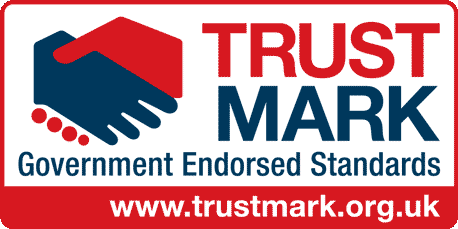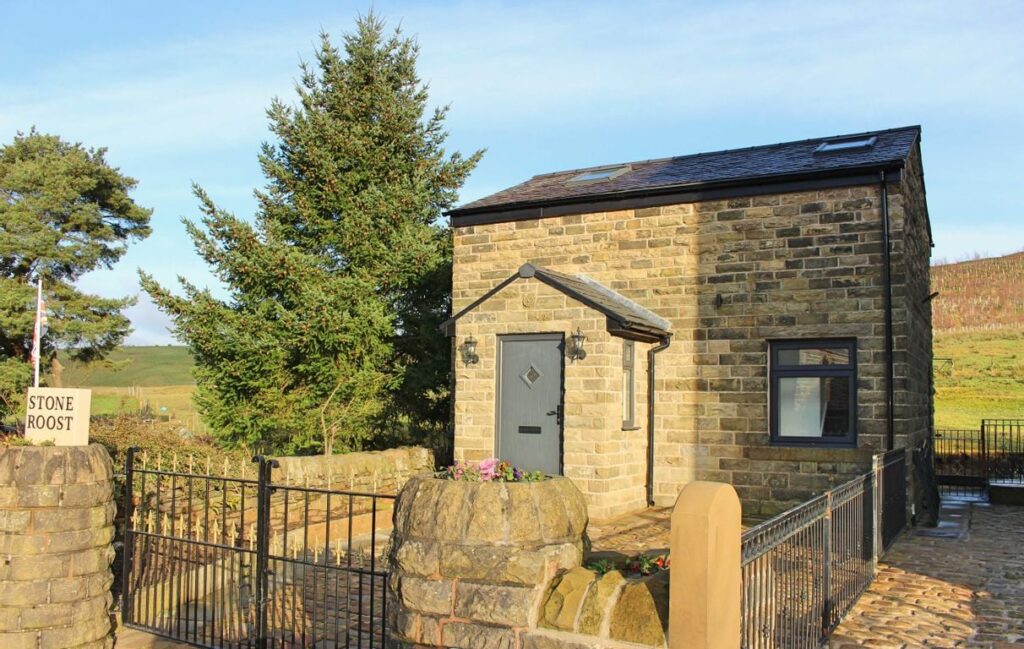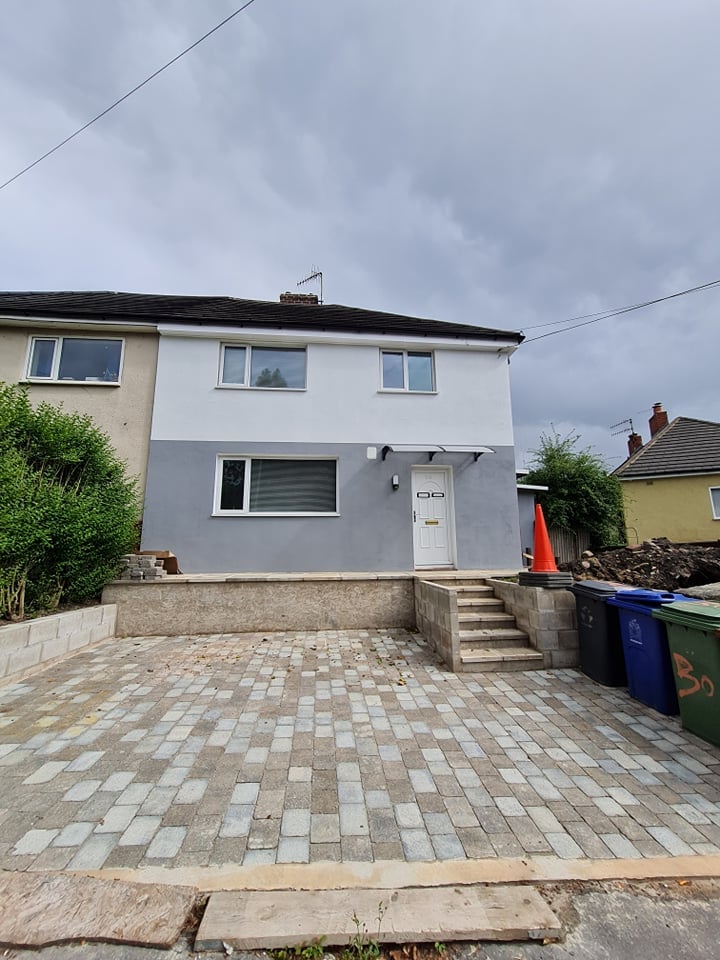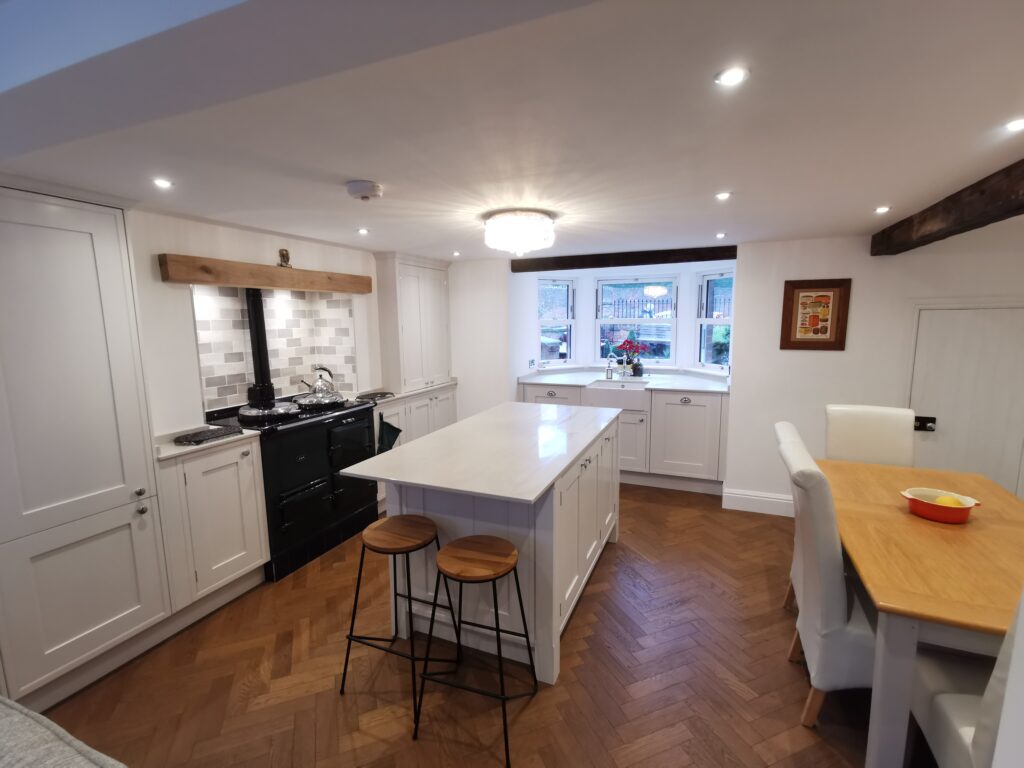In the United Kingdom, accessibility is not just a matter of convenience — it’s a legal requirement under the Equality Act 2010. As a property owner or landlord, ensuring that your property is accessible to all individuals, including those with disabilities, is not only ethically responsible but also essential for compliance with UK laws and regulations. In this blog post, we’ll explore expert tips from Bury Builder on how to enhance accessibility in your property, ensuring inclusivity and compliance with UK legislation.
Understanding Accessibility Requirements in the UK: The Equality Act 2010 sets out legal obligations for property owners to make reasonable adjustments to ensure that individuals with disabilities have equal access to goods, services, and facilities. This includes both physical access to buildings and accommodations for individuals with mobility impairments, sensory impairments, and other disabilities.
Expert Tips for Enhancing Accessibility:
- Accessible Entrances and Exits: Ensure that your property has accessible entrances and exits with features such as ramp access, wide doorways, and step-free thresholds. Installing automatic doors or door entry systems can also improve accessibility for individuals with mobility impairments.
- Adaptive Bathroom and Kitchen Features: Retrofit bathrooms and kitchens with adaptive features such as grab bars, raised toilet seats, accessible sinks, and roll-in showers to accommodate individuals with mobility challenges. Consider installing lever taps and easy-to-reach controls for individuals with limited dexterity.
- Accessible Parking and Transport Links: Provide designated accessible parking spaces close to the entrance of your property, with clear signage and appropriate width for wheelchair access. Additionally, ensure that your property is conveniently located near public transport links and accessible routes for pedestrians.
- Wheelchair-Friendly Flooring and Surfaces: Choose flooring materials that are wheelchair-friendly, such as non-slip surfaces with minimal thresholds or transitions. Ensure that pathways and common areas are free from obstacles and hazards that could impede mobility or pose a tripping hazard.
- Accessible Communication and Signage: Use clear signage with high contrast colors and tactile indicators to help individuals with visual impairments navigate your property. Provide alternative formats for written information, such as braille or large print, and ensure that communication systems are accessible to individuals with hearing impairments.
- Elevator and Lift Accessibility: If your property has multiple floors, ensure that elevators and lifts are accessible to individuals with mobility impairments, including those who use wheelchairs or mobility aids. Regular maintenance and compliance with safety standards are essential to ensure reliable and safe operation.
- Training and Awareness: Educate staff and tenants about the importance of accessibility and their responsibilities under UK legislation. Provide training on how to assist individuals with disabilities and promote a culture of inclusivity and respect within your property.
Partner with Bury Builder for Accessibility Solutions: At Bury Builder, we specialize in creating accessible environments that comply with UK legislation and exceed the expectations of our clients. Whether you’re renovating an existing property or constructing a new building, our team of experts can help you design and implement accessibility solutions tailored to your specific needs and budget.
Conclusion: Enhancing accessibility in your property is not only a legal requirement but also a moral imperative. By following these expert tips from Bury Builder and prioritizing inclusivity, you can create a welcoming and accessible environment that benefits all individuals, regardless of their abilities. Contact us today to learn more about our accessibility solutions and how we can help you make your property accessible to everyone.





